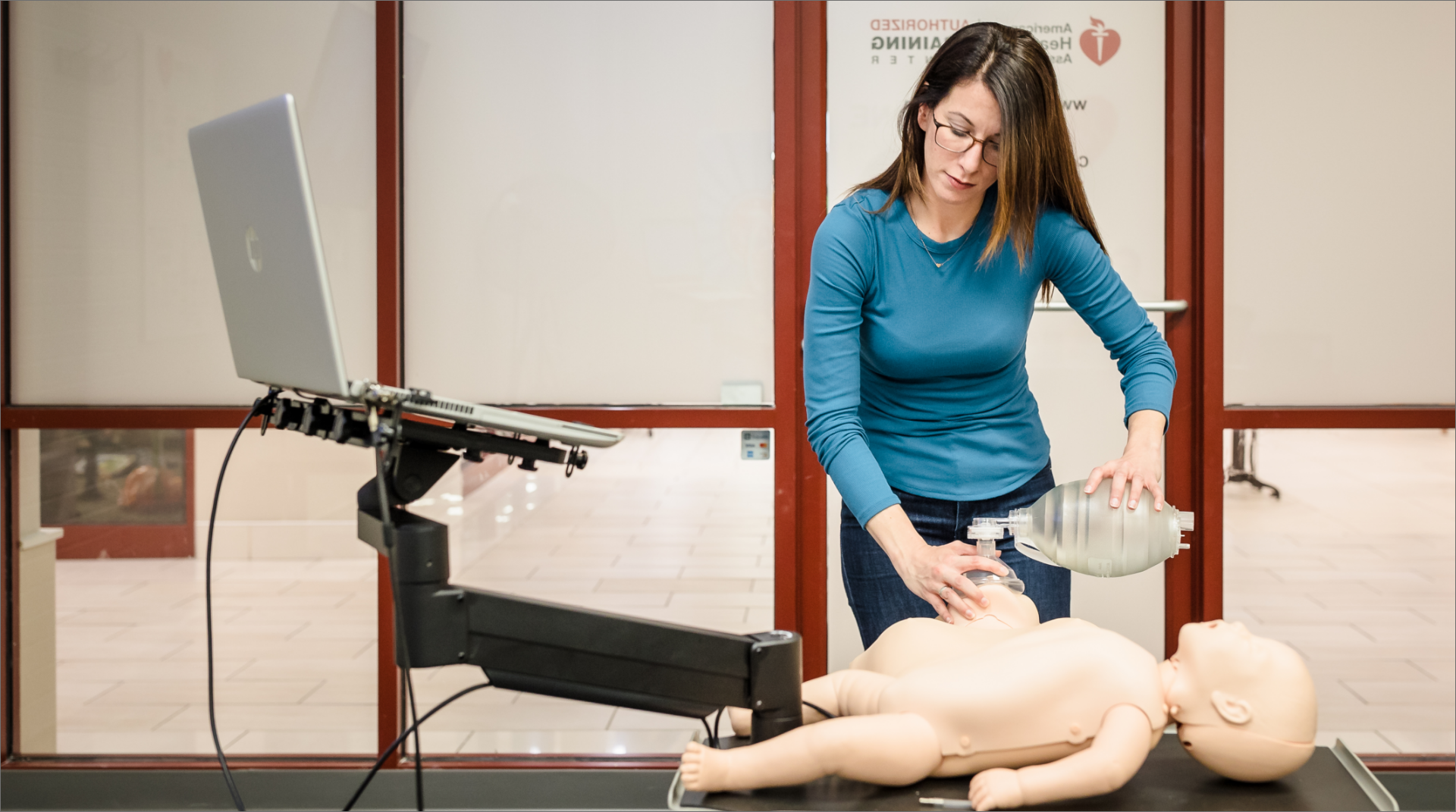

CPR Resource Center
The most comprehensive library of emergency training resources — including videos, articles, downloads, and more.


The most comprehensive library of emergency training resources — including videos, articles, downloads, and more.
Ingress Protection or (IP) Ratings represent levels or amounts of protection that a device or object has against the intrusion of solid objects and liquids. An international standards organization, the International Electrotechnical Commission (IEC) sets the standards for the ratings.1 A multitude of equipment types which are altogether known as electrotechnology are rated by these standards. Think about the term “Water Resistant” that may appear on your wristwatch, it’s an IP Rating.
The ratings usually have two numbers: The first number represents the level of protection from solid materials and the second number represents the level of protection from liquids.2 The higher the number or rating, the more protection is provided. If there is an “X” in either field, the item has not been tested/rated in that category. A third character/letter describing other information can be used but is often omitted. Since these are international standards, the testing is often certified by Technischer Überwachungsverein (TUV), English translation: Technical Inspection Association instead of Underwriters Laboratories (UL), although both provide stringent testing.

Precise measurements need to be met to earn certain IP ratings. Metrologists provide the calibrations and traceability to those measurements. Just like any other measurement integrity, guesses or estimations can’t be made about things like protecting lifesaving equipment. Evaluate both aspects for final analysis of what protection you need.
In the case of Automated External Defibrillators (AEDs), it protects the rescuer against their own risk factors. AEDs need to meet specific requirements from the Food & Drug Administration (FDA) which include premarket approval.3 Applicable federal regulations include FDA 21 CFR Part 820 and ISO 13485; in an effort to simplify things for consumers & manufacturers, the AEDs approved by the FDA are listed on their website.4,5,6 A random sampling of the units on the FDA’s website reveals that an IP rating of 55 is common.4,7 Using the chart from above, an IP rating means the AED is protected from dust and water jets.
Conventional wisdom also dictates that if your AED is to be available to be deployed in any type of climate (think of a beach in the summer time or ski area during the winter), the enclosure (aka cabinet) should be of equal or greater IP rating. And the 2nd numeral rating would be of greater importance. But if in an industry specific setting such as a carpentry shop, protection against solid particulates would likely be the priority. Building/construction materials for example- depending on what part of the home (bathroom, bedroom, etc.) something is located in, the same type of device (thermostat for example) may have a varying rating. It can even vary depending on where in a particular room a device is located.8

When your company or organization is researching the purchase of capital equipment it’s not simply spending money. It’s making an investment. When it comes to medical equipment, that investment is the most precious one of all- the protection of lives. So, it makes sense that heart rhythm sensing devices such as AEDs, be protected against potential contaminants which could potentially cause a malfunction & possibly cause the unit to misidentify a rhythm.
The author would like to thank the following for their valuable assistance & contributions: U.S. Dept. of Energy, GE Power Systems, David Hiltz & Amanda Parsons from Code 1.
SOURCES
Help Me Find a Course